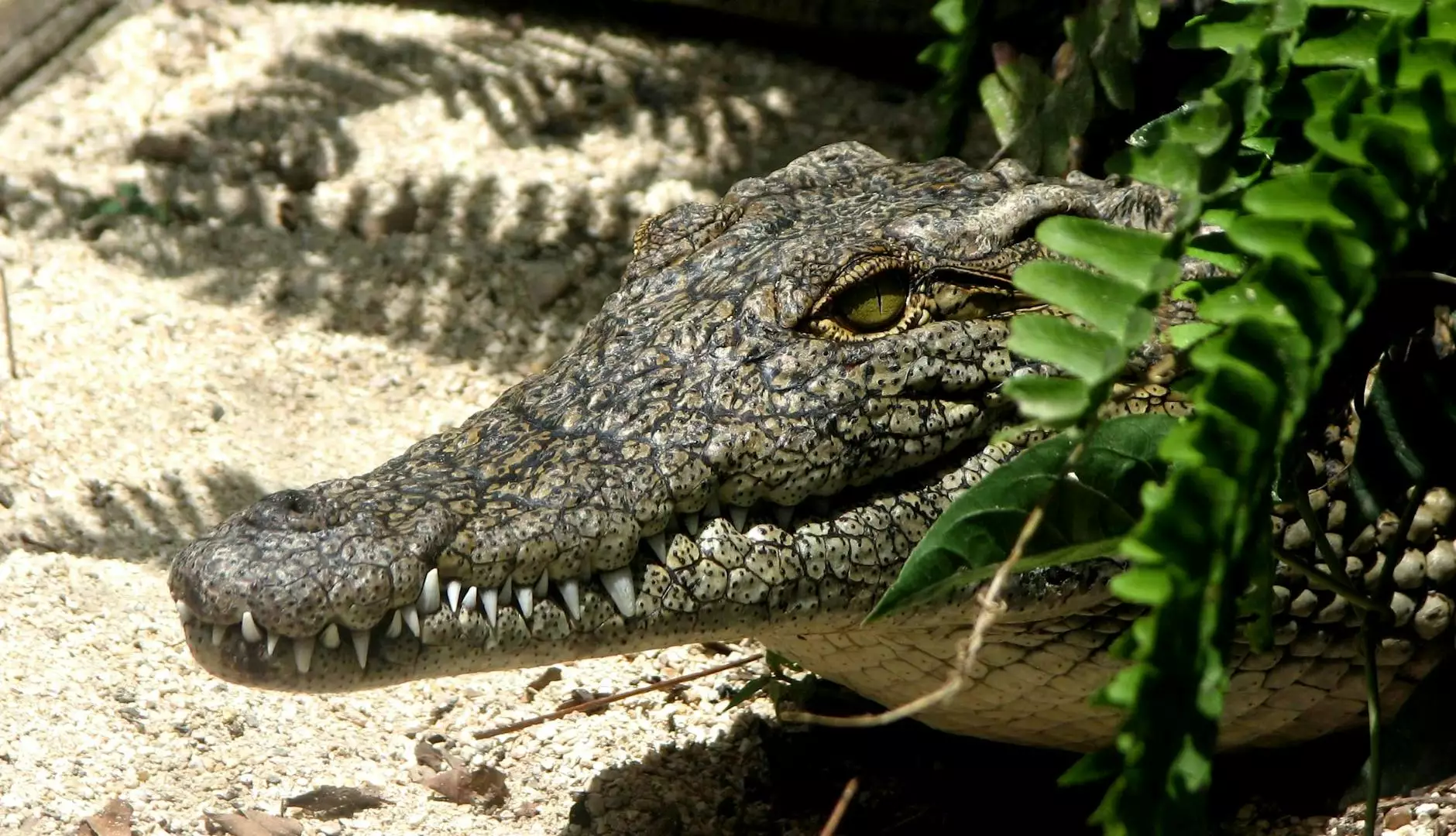Environment: The Florida Cypress Tree

Introduction
Welcome to Aventuras Naturales' page dedicated to the Florida cypress tree, a true marvel of nature. In this article, we will delve into the fascinating world of this iconic tree and explore its significance in the environment. Prepare to be amazed by its unique characteristics, widespread habitats, and ongoing conservation efforts.
The Florida Cypress Tree: An Overview
The Florida cypress tree, scientifically known as Taxodium distichum, is a majestic coniferous evergreen native to the southeastern United States. As a member of the cypress family, it stands tall as one of the most recognizable trees in the region. Its towering height, dense foliage, and distinctive bark make it a truly breathtaking sight to behold.
With a lifespan of up to 1,000 years, the Florida cypress tree has witnessed centuries of environmental changes. It has adapted to a variety of habitats, playing a crucial role in maintaining ecological balance.
The Habitat of the Florida Cypress Tree
The Florida cypress tree thrives in wetland habitats, often found in low-lying areas near rivers, swamps, and marshes. Its ability to thrive in saturated soils is a testament to its resilience and adaptability.
These wetland habitats provide essential ecological services. The cypress trees act as natural water filters, helping to improve water quality by trapping sediments and nutrients. They also serve as valuable wildlife habitats, supporting a diverse array of species, including birds, fish, reptiles, and mammals.
Unique Characteristics
The Florida cypress tree possesses several unique features that set it apart from other tree species. One of its most remarkable characteristics is its "knees" or pneumatophores, which are cone-shaped structures that emerge from the roots above the waterline. These knees enhance stability, aid in oxygen exchange, and provide structural support to the tree.
Additionally, the cypress tree exhibits a conical or pyramid-shaped crown, contributing to its majestic appearance. The foliage consists of delicate, needle-like leaves arranged in flat sprays that create an enchanting green canopy.
Environmental Significance
The Florida cypress tree plays a vital role in maintaining the health of wetland ecosystems. Its dense root system helps prevent soil erosion, preserving the stability of riverbanks and shorelines. The trees' ability to absorb excess water during heavy rainfall minimizes the risk of flooding in surrounding areas.
Furthermore, the cypress tree acts as a natural carbon sink, aiding in the reduction of greenhouse gases and mitigating the effects of climate change. It contributes to the overall biodiversity of wetlands, supporting numerous plant and animal species.
Conservation Efforts
Recognizing the importance of preserving the Florida cypress tree and its fragile wetland habitats, dedicated conservation organizations like Aventuras Naturales have taken significant steps to protect these invaluable ecosystems.
Through educational programs, guided tours, and community engagement, Aventuras Naturales aims to raise awareness about the significance of the Florida cypress tree. This includes promoting responsible tourism practices that minimize human impact on these delicate environments.
Conclusion
In conclusion, the Florida cypress tree is not only an awe-inspiring natural wonder but also a crucial component of the environment. Its adaptability, unique characteristics, and ecological importance make it worthy of admiration and protection.
Join Aventuras Naturales on an unforgettable journey to explore the beauty and significance of the Florida cypress tree. Discover its delicate habitats, witness its breathtaking splendor, and become an advocate for its conservation. Together, we can ensure that future generations can continue to marvel at this remarkable tree and the ecosystems it supports.



